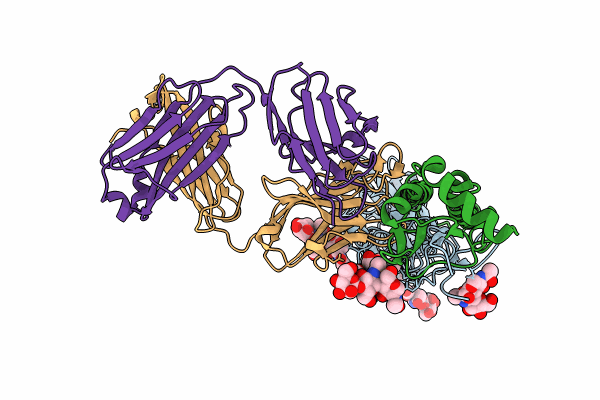
Deposition Date
2023-08-24
Release Date
2024-06-26
Last Version Date
2024-11-06
Entry Detail
PDB ID:
8TXP
Keywords:
Title:
Crystal structure of 05.GC.w13.01 Fab in complex with H1 HA from A/California/04/2009(H1N1)
Biological Source:
Source Organism:
Influenza A virus (Taxon ID: 11320)
Homo sapiens (Taxon ID: 9606)
Homo sapiens (Taxon ID: 9606)
Host Organism:
Method Details:
Experimental Method:
Resolution:
2.75 Å
R-Value Free:
0.29
R-Value Work:
0.24
R-Value Observed:
0.25
Space Group:
P 3 2 1


